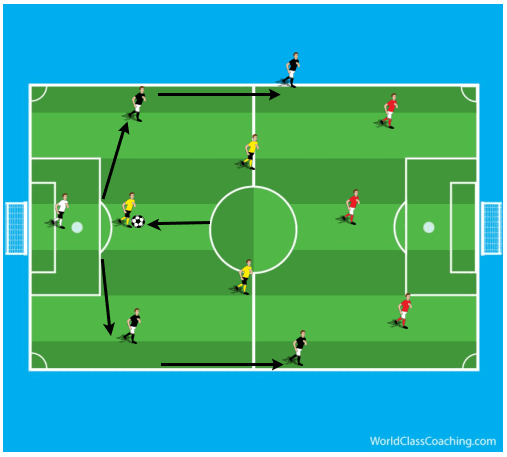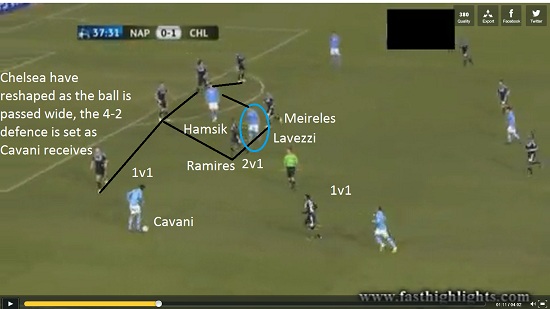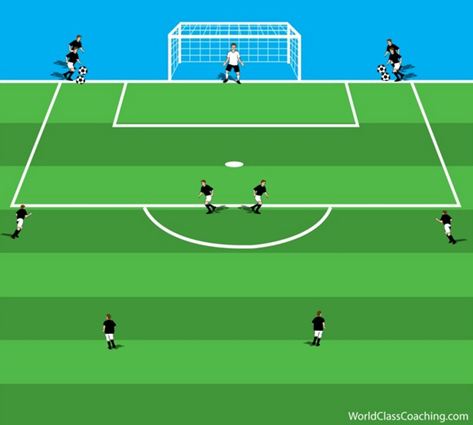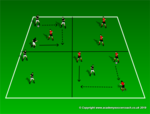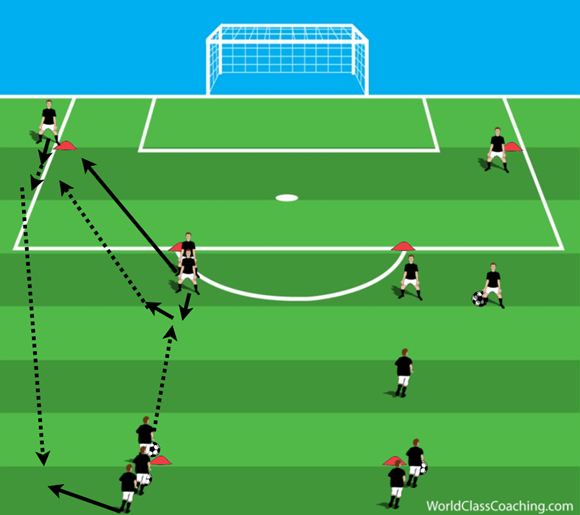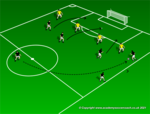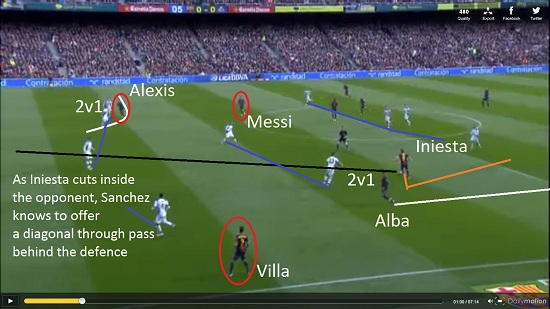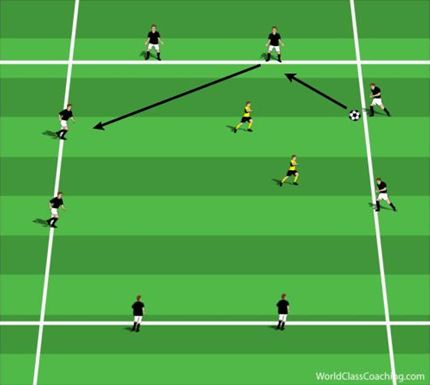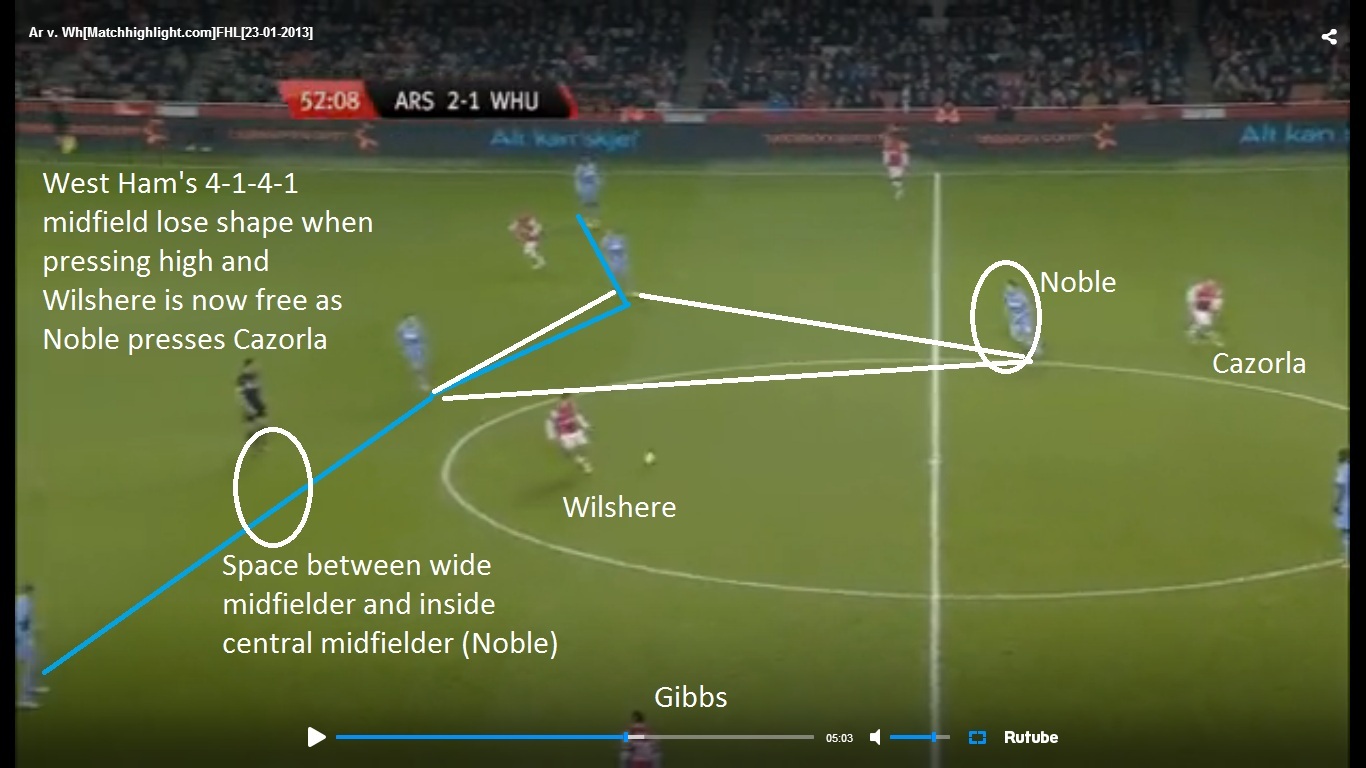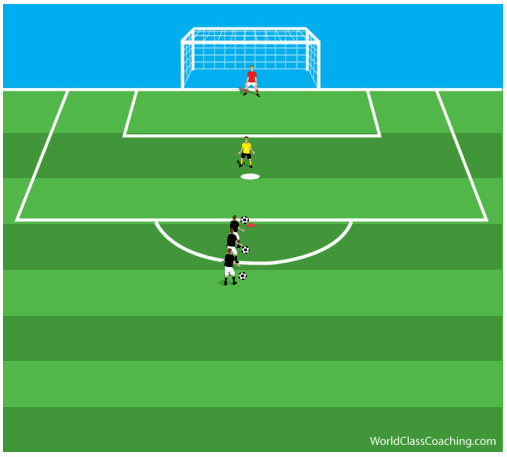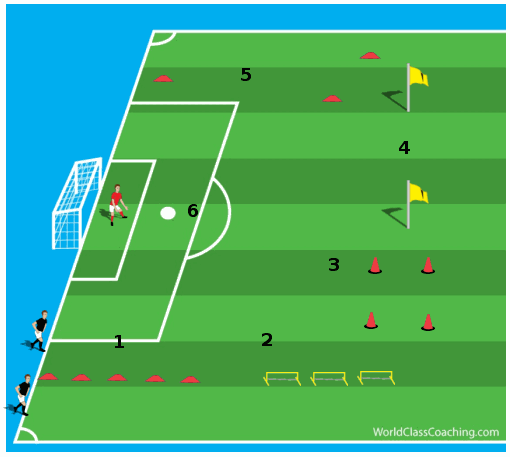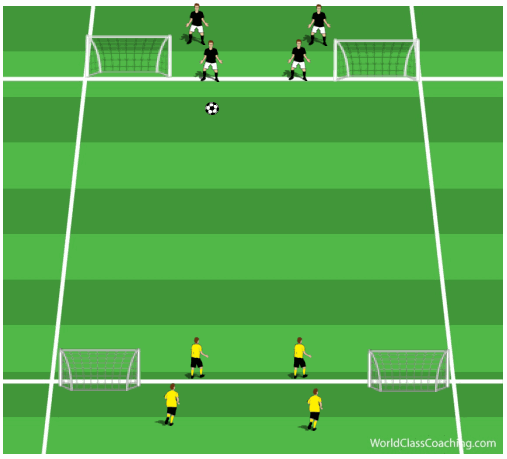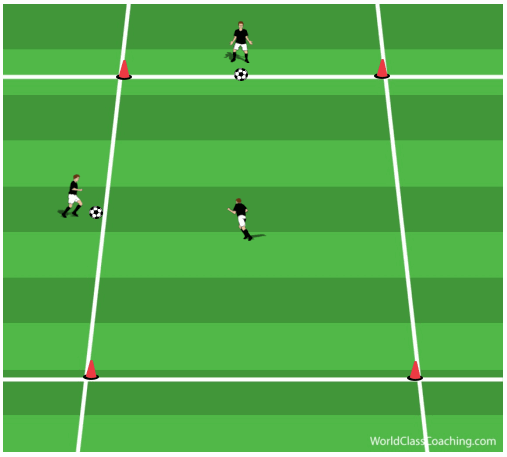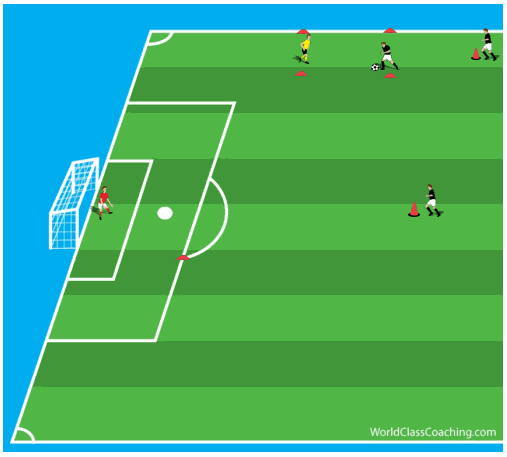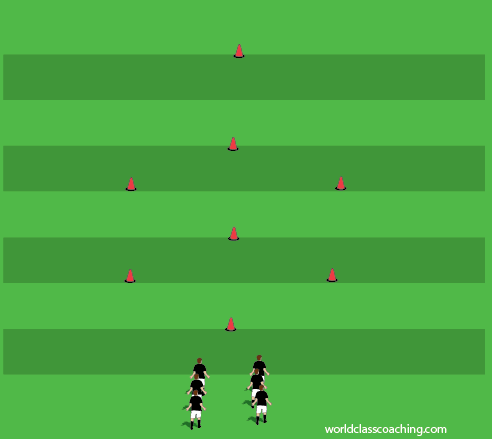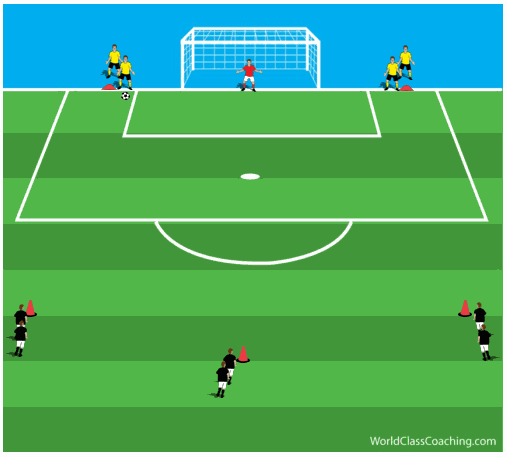The Formation of the Future - Part Two
By Stevie Grieve author of, Attacking in the 4-2-3-1 (Read Part One here)
Recently, Chile played against Spain, and deployed a 3-4-1-2 formation, with Arturo Vidal as the number 10, which performed 2 duties.
- He was the outlet for central penetration as he is capable of creating and scoring goals
- He has a great engine and works hard defensively, show in his performances for Juventus
Vidal’s role was to stop Spain from gaining easy possession in the build-up and consolidation phases of play, giving the defence time to reset into shape.
As Spain played with their usual tiki-taka game, and with a mixture of a 4-3-3 and 4-2-3-1 formations (both with a false 9), Chile’s 3 central defenders could afford to make sure that one can go out to mark the false 9, as there were no players to mark centrally, only wide. The Chile wing backs were asked to mark the attacking full backs of Spain if they came forward, but often they came back to help the defence and mark the wingers, allowing the near side centre forward to play against the full back and stop him from being an outball, or commonly, not moving forward ahead of the ball as Chile would be left
Continue reading
